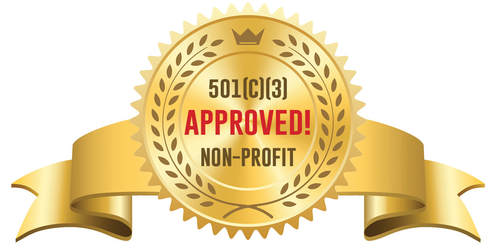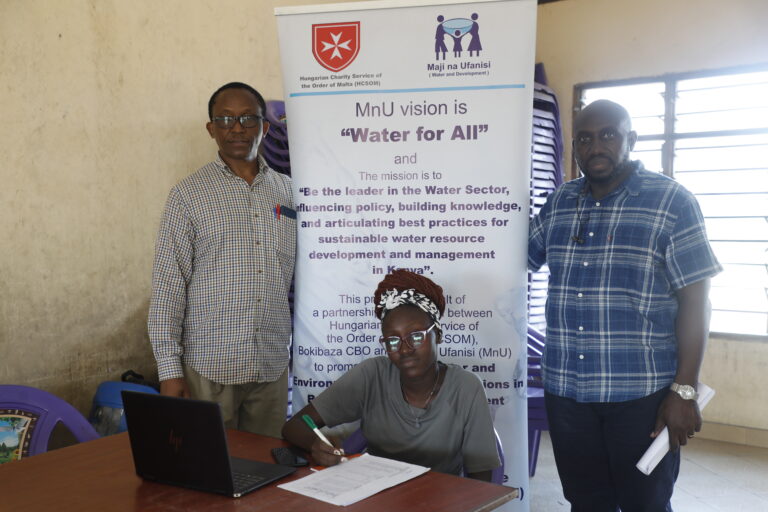Ever wondered what truly drives success in disability support programs?
In June, Maji na Ufanisi, together with @MombasaCountyKe and Hungarian disability experts, rolled out a comprehensive seminar in Jomvu, Mombasa.
In this article, we’ll explore what makes an effective disability support program, spotlighting therapy pathways, caregiver and CHP development, and real-world surprises that shaped the outcomes.
Brace yourself for an inspiring journey through practical lessons and replicable strategies.
Also read:Social and Educational Integration Program for Children with Disabilities in Jomvu Mombasa
A Detailed Explanation
What Is an Effective Disability Support Program?
An effective disability support program is more than a set of services—it’s a holistic, child-centered system that blends therapy, training, infrastructure, and community leadership.
It’s defined by measurable results, empowered stakeholders, and sustainable operations.
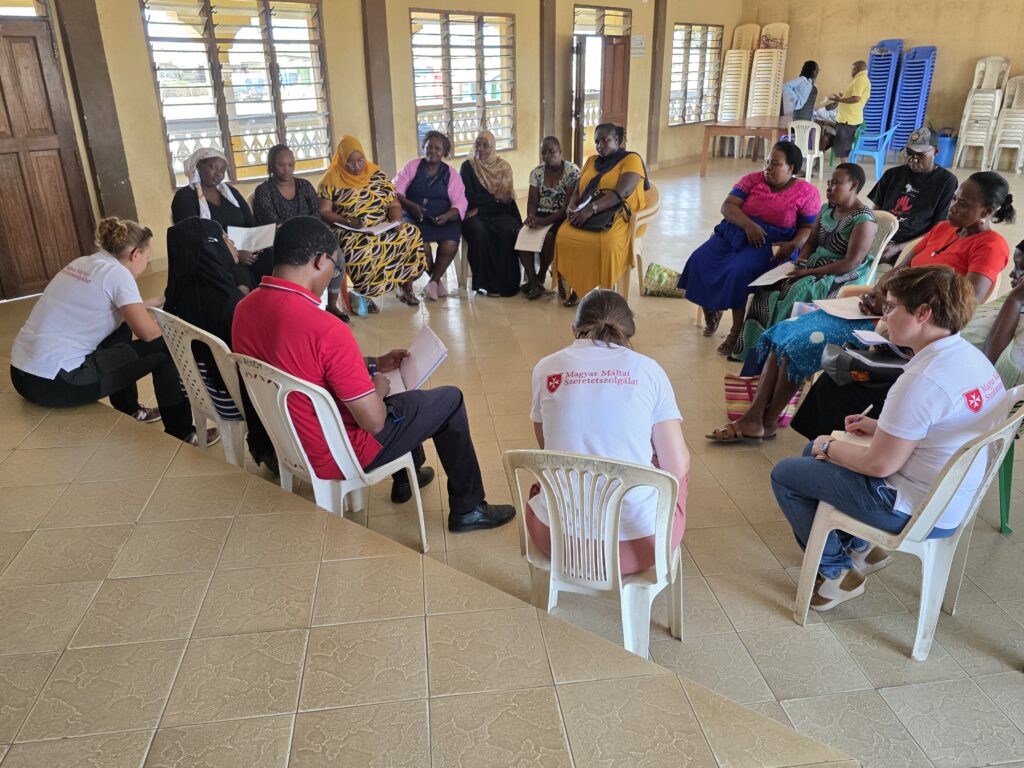
Key Components:
- Child-centered development plans tailored to each child’s needs
- Therapy pathways enabling structured progress
- Collaboration with Hungarian disability experts for best practices
- Training CHPs in Kenya to deliver care locally
- Continuous feedback loops and iterative adjustments
Design and Delivery Model
1. Personalized Therapy Pathways
At Jomvu, 67 children underwent comprehensive assessments covering physical, cognitive, and emotional development.
Each one received a unique child-centered development plan, including therapy goals, milestones, and home-based activities.
Why it matters:
- Clear goals foster progress
- Parents become part of the solution
- Therapists and CHPs track real change
2. International Expertise + Local Context
Hungarian experts brought technical guidance in adaptive therapy and inclusive care.
Their role: training, coaching, and designing tools—but local CHPs and caregivers implemented the plan.
This ensured global expertise enhanced—rather than overshadowed—local agency.
3. CHPs + Caregiver Collaboration
Community Health Promoters (CHPs) in Jomvu were trained on therapeutic techniques, case documentation, and caregiver coaching.
By involving parents directly in therapy routines, we:
- Extend support beyond clinical settings
- Reinforce daily practice at home
- Build caregiver confidence
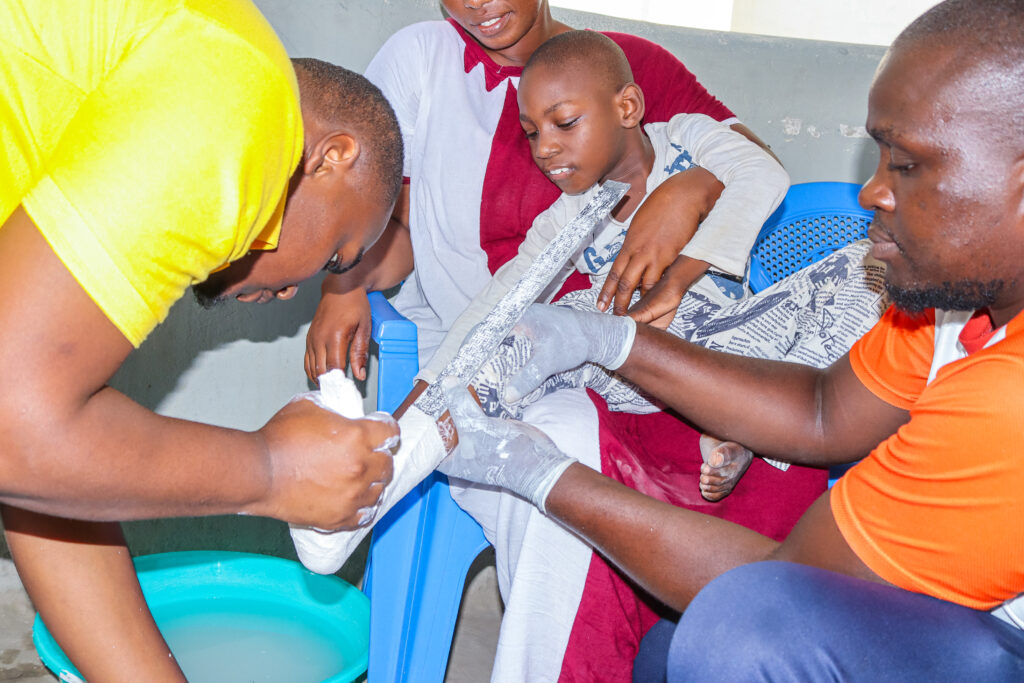
4. Community-Led Feedback Sessions
Midway through the seminar, area leaders and caregivers met to share feedback on the program:
- Folder formats were too clinical—led to simpler formats
- Weekly support calls were added
- Flexible therapy kits were introduced for home use
This level of iteration shows the power—and necessity—of listening to community voices.
5. Embedded Monitoring & Follow-Up
Program success wasn’t measured just by attendance, but by outcomes like mobility gains, speech progress, and caregiver efficacy.
CHPs submitted weekly reports, with Hungarian experts reviewing and giving feedback virtually.
This iterative system sealed the program’s effectiveness and evidence of accountability.
What Worked — And What Surprised Us
Success #1: Accelerated Mobility
Children with physical delays showed marked gains in motor development—many took their first independent steps.
Unexpected takeaway: outpatient therapy isn’t enough—consistent home practice was the catalyst.
Surprise #1: Caregivers as Champions
At first, caregivers hesitated—“I’m not a therapist.”
But as they learned, they led therapy sessions with aplomb—and their recognition of progress fueled their motivation.
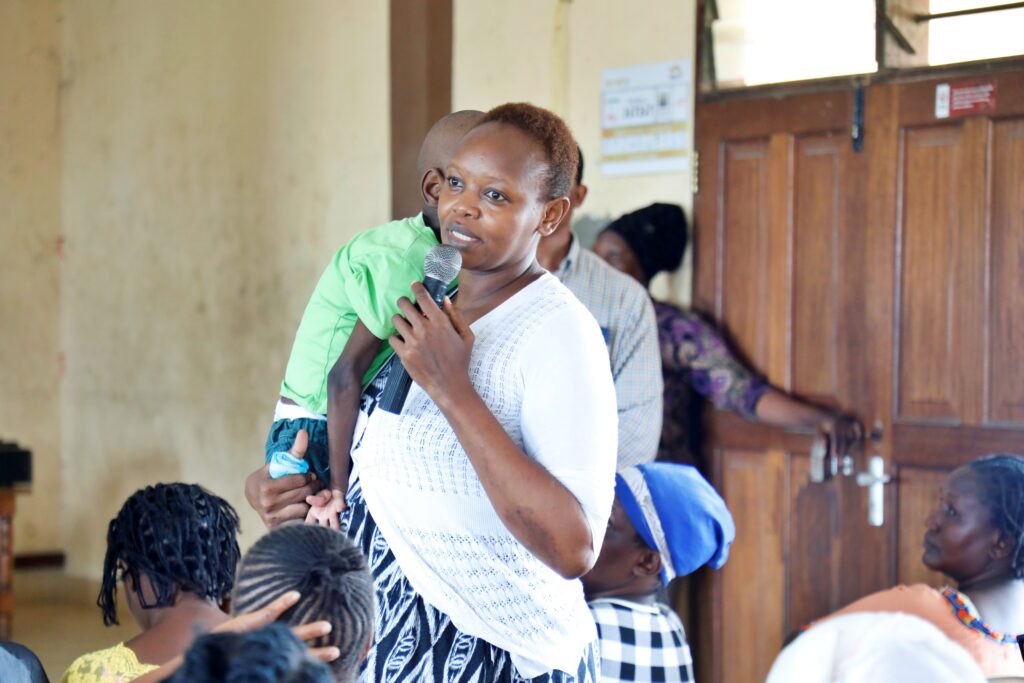
Success #2: Task-shifting Boosted Reach
Training CHPs meant that even remote households accessed therapy support.
What surprised stakeholders: remote families reported improved morale and consistent care.
Surprise #2: Local Adaptations Shine
Caregivers suggested novel modifications—like tying small bells to therapy balls to motivate play.
These low-cost, culturally aware solutions reminded us that communities are inventors, not just consumers.
Success #3: Strengthened CHP-Caregiver Networks
Once CHP teams built trust with families, their reach expanded—neighbors began requesting evaluations.
This organic uptake demonstrates how trust-driven models scale beyond initial targets.
Broader Lessons for NGOs & Partners
1. Build Therapy Pathways into Programs
Outcomes depend on pathways, not just sessions. Clear milestones fuel measurable change and justify funding.
2. Combine Global Expertise with Local Leadership
Hungarian specialists and Kenyan CHPs created a feedback loop: global methods, locally adapted.
That’s empowerment, not replacement.
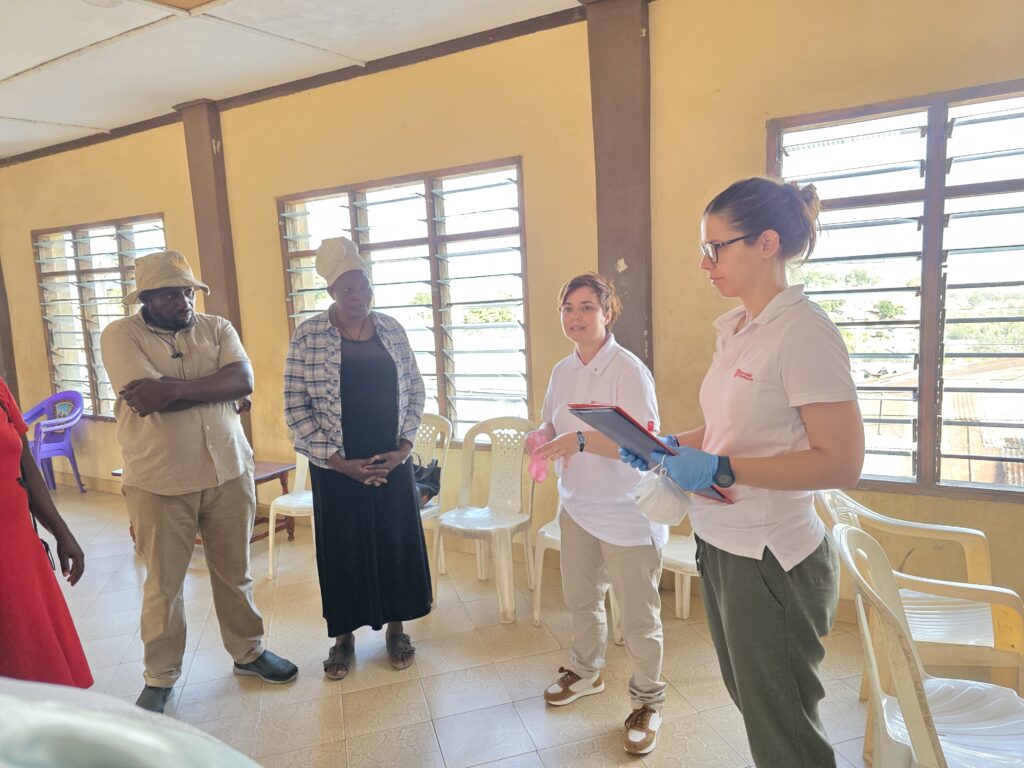
3. Activate Caregivers from Day One
Train caregivers not as spectators but active participants. Their engagement drives sustainability and community ownership.
4. Listen, Iterate, Repeat
Let the community lead the adjustments. A successful program is never static.
5. Measure What Matters
Tracking therapeutic outcomes—and caregiver confidence—is essential for legitimate impact and credibility.
6. Budget for Local Innovation
Allow room for creative, community-led problem-solving. It builds relevance and sustainability.
How Maji na Ufanisi Is Leading the Charge
- Child-Centered Plans: Every child received a customized development folder
- Therapy Pathways: Assessments mapped into clear milestones
- Hybrid Expertise: Hungarian coaches and Kenyan CHPs collaborated seamlessly
- Empowered Caregivers: 67 local families completed hands-on training
- Community-Led Change: Feedback became program pivots
- Accountability System: Weekly reports ensured transparency and quality control
Maji na Ufanisi’s model isn’t a one-off—it’s a field-tested blueprint ready for scale across Kenya.
Real Voices from Jomvu
“Now I know how to help my daughter every day; before I felt helpless.” — Caregiver, Jomvu
“The CHPs knew us, trusted us—and that’s what made us stay committed.” — Community Health Promoter
“Even I was surprised by the progress in six weeks—they walked, talked, and smiled more.” — Hungarian therapist
These testimonies reveal what data alone can’t: trust, confidence, and human transformation.
Final Thought
An effective disability support program isn’t a blueprint—it’s a process.
It grows from compassionate design (therapy pathways), expert collaboration (Hungarian inputs), community agency (CHPs & caregivers), and iterative learning.
The Jomvu seminar offers a compelling case: when guidelines enter the real world, they evolve—and real lives are transformed.
This isn’t just a model—it’s a movement.
Are you ready to replicate this with us? Partner with Maji na Ufanisi and @MombasaCountyKe to bring these lessons to your community—or let us help you adapt and scale this model nationwide.
📌 FAQs
1.What is an effective disability support program?
A program is effective when it combines child-centered development planning, structured therapy pathways, trained local implementers like CHPs, caregiver engagement, and measurable outcomes.
2.Why invest in therapy pathways?
Pathways turn scattered sessions into strategic progress, guiding behavior change and outcome measurement.
3.How important are CHPs in Kenya?
They’re critical. Trained CHPs bridge healthcare gaps—delivering care locally, monitoring progress, and building community trust.
4.What role did Hungarian experts play?
They trained CHPs and caregivers, provided technical guidance, and supported monitoring—but never replaced local ownership.
5.Can caregivers really lead therapy?
Yes. With proper training and tools, caregivers can deliver daily routines that match or exceed outpatient therapy impact.
6.Why is community feedback essential?
It ensures relevance. Local insights help avoid wasted effort, build pride, and ensure ownership.
7.How is progress measured?
Through developmental milestones, caregiver preparedness surveys, CHP reports, and virtual check-ins with experts.
8.Is this scalable?
Absolutely. The model’s mix of local adaptation and disciplined pathways makes it replicable across counties.
9.How can other NGOs learn from Jomvu?
Download our program toolkit—complete with therapy folder templates, training outlines, and feedback session guides.
10.How can you help?
You can support by funding expansion, linking county governments, volunteering expert time, or sharing this program’s story.

